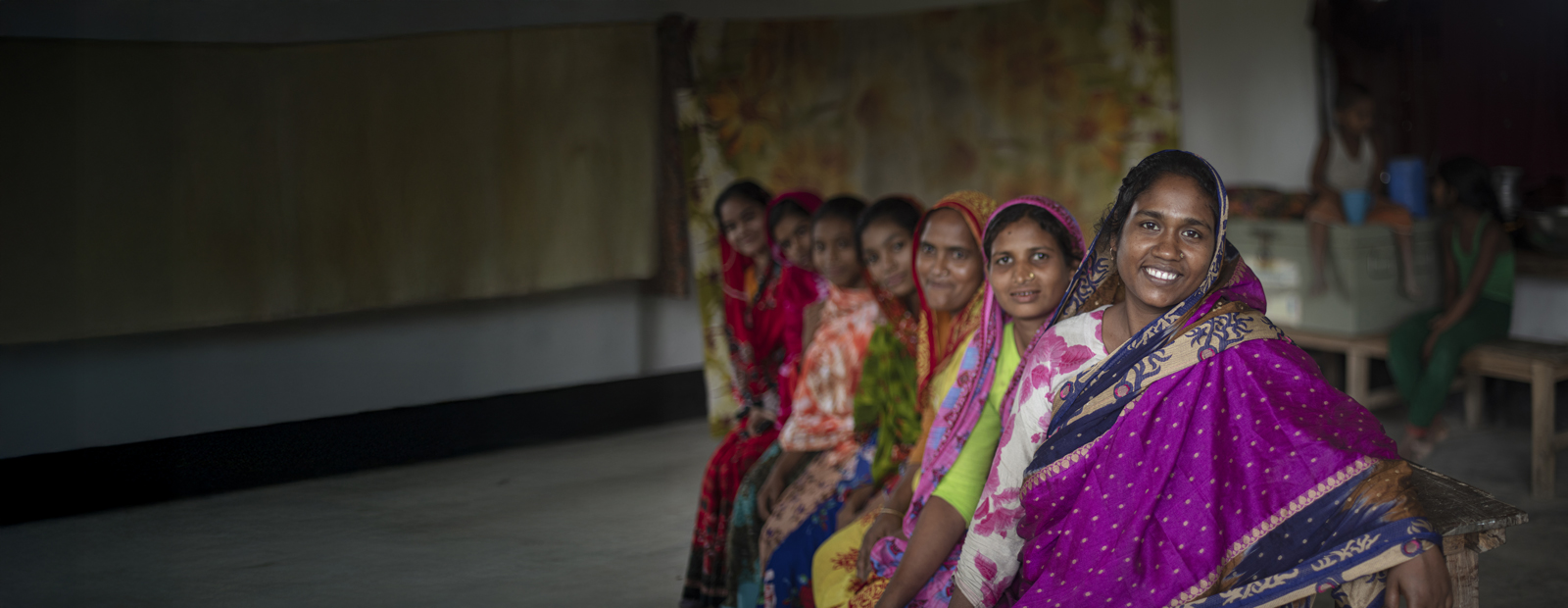Suzy Sainovski, CARE’s Asia Pacific Communications Advisor, recently returned to Australia after three weeks working with our humanitarian teams in Afghanistan.
Flying over Afghanistan was a jaw-dropping experience. Stark, jagged peaks, covered in snow, set against a brilliant blue sky were an incredible sight on that cold February morning.
CARE has been working in Afghanistan for decades, but when the context changed in August last year, CARE adapted its programming to meet the most pressing humanitarian needs. Since mid-2021, CARE has supported 200,000 people with critical health services, essential food items, livelihoods support and cash assistance.
In a country where jobs are hard to come by and prices have skyrocketed in recent months, cash assistance allows people to buy exactly what they need, whether it’s food, warm blankets for their kids or paying for medical treatment. It also helps stimulate the local economy.
I met Fatima* at a CARE cash distribution. She told me how her children often go to bed hungry. Fatima’s husband has been sick for years, so can’t work, and her work is very irregular. I asked her if she’d had to do anything extreme to help her family survive. She started answering my question in the local language, Dari, and her eyes filled with tears. I looked at my interpreter, who was listening intently, and his eyes filled with tears. I braced myself for what was to come. Fatima said, “My neighbour knew our desperate situation. They asked if I would sell my seven-month-old daughter to them for between 20,000 and 30,000 Afghanis ($300 to $450). We didn’t want our baby and our other children to die so we agreed to sell her. I didn’t sleep for the next week knowing I was losing my baby. Then we got a call from CARE saying we would be getting cash assistance. I just started crying. We stopped the sale of our baby. Now I can buy my children food and have some food for me as I am still breastfeeding. We will also get treatment for my husband.” After hearing her story, there was not a dry eye among us.
“Flying over Afghanistan was a jaw-dropping experience.”
Fatima*, 32, holding her seven-month-old daughter.
I also saw one of CARE’s mobile health clinics in action. There I met Farzaneh*, nine months pregnant, who had only seen a doctor once before during her pregnancy. She heard CARE was running a clinic in her community and, as she was feeling dizzy that day, decided to walk down and meet with one of the doctors. Farzaneh told me that if it weren’t for this clinic, she wouldn’t have seen a doctor, as she can’t afford the transport costs to travel to a regular clinic. This is unfortunately all too common in Afghanistan, which is why these critical health services are so important.
On another frosty morning, we headed deeper into the countryside, where everything was covered in snow, to see how CARE’s longer term development work is supporting vulnerable families. There we met Navida*. She had received 40 chickens from CARE and help to build a chicken coop. She sells the eggs to earn an income. It was so lovely seeing her young children having fun in the chicken coop and collecting eggs. Life is still not easy for them. Navida told me that the price of many food items has doubled in the past six months. Donations to CARE are helping cushion the blow though. As Navida said, “If CARE did not help us with the chicken farm, our situation would have been even worse.”
It was an absolute privilege to travel to Afghanistan and see the difference CARE’s work is making.
A version of this blog was published in Mamamia on 7 April 2022.
*Names have been changed to protect identities
Images © Suzy Sainovski/CARE

